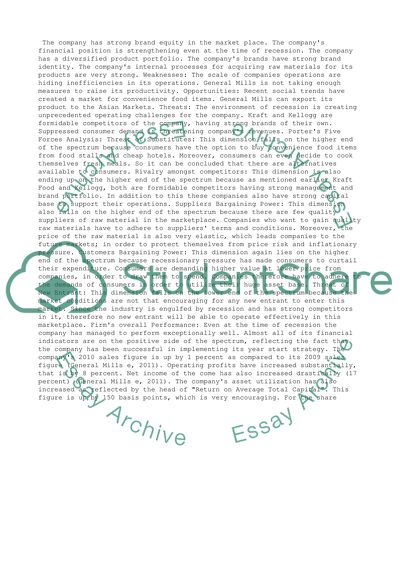Cite this document
(“Company Strategic Analysis - General Mills Research Paper”, n.d.)
Retrieved from https://studentshare.org/business/1452827-company-strategic-analysis-paper
Retrieved from https://studentshare.org/business/1452827-company-strategic-analysis-paper
(Company Strategic Analysis - General Mills Research Paper)
https://studentshare.org/business/1452827-company-strategic-analysis-paper.
https://studentshare.org/business/1452827-company-strategic-analysis-paper.
“Company Strategic Analysis - General Mills Research Paper”, n.d. https://studentshare.org/business/1452827-company-strategic-analysis-paper.


